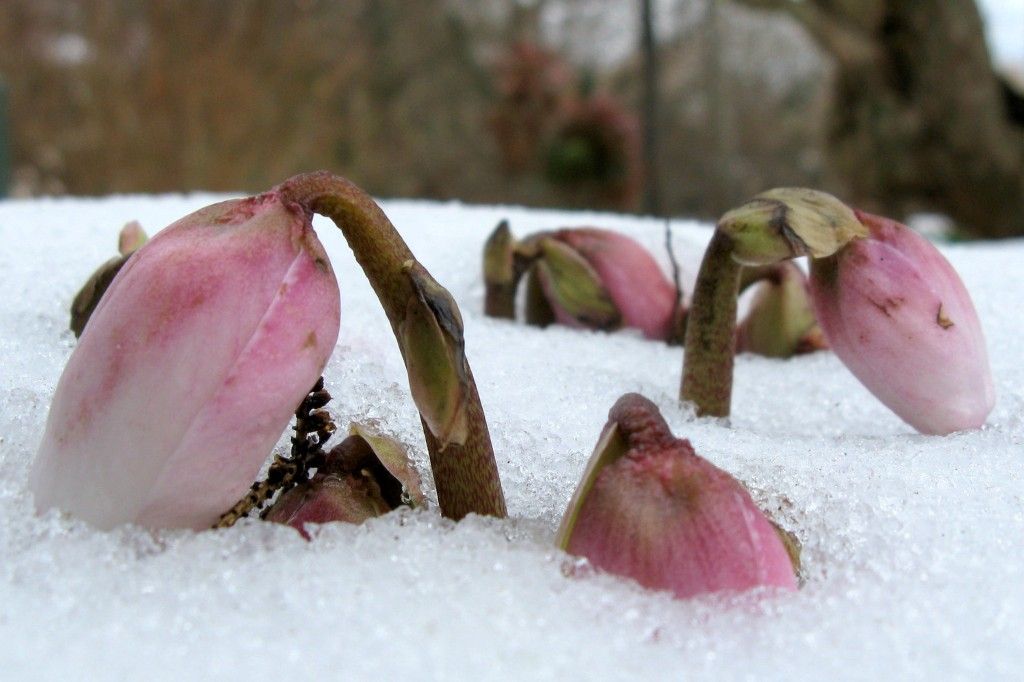As hellebores have become more and more popular, more and more lovely varieties have become available, and now there are more colors and more different types of flowers available, too.
The blooms are produced singly or in clusters in early winter through late spring. Their colors include deep purple and maroon, mauve, creamy pink, greenish white, and pure white. The actual color parts are not true petals, but sepals that look like petals that remain on the plant for up to four months as seed capsules form.
The plants have large leathery leaves, mostly evergreen, and they like a sheltered site, neutral to slightly alkaline soil and dislike being disturbed. Clumps spread to about 1.5 feet. Dig the self-sown seedlings and replant them in spring or summer, as division of these plants is difficult.
Try not to get sap on your skin as it may cause a rash.
Hellebores are members of the buttercup family and enjoy part shade. Cold-season bloomers like these are rare in the flower world. The Christmas rose is Helleborus niger and may set flowers any time from November through January. The Lenten rose, Helleborus orientalis starts blooming in February, and both species have a long season of bloom, with the Lenten bloomers enjoying more spring sunshine. Both species like cool weather, moist soil, and dislike heat.
Cut the flowers with no stems and place in a float bowl so you can look down on their unique faces and see their exquisite markings. If you put them in a small vase, scratch the lower stems with a sharp object to help the stems absorb more water, or they will quickly droop.
This is Moya Andrews, and today we focused on hardy hellebores.










